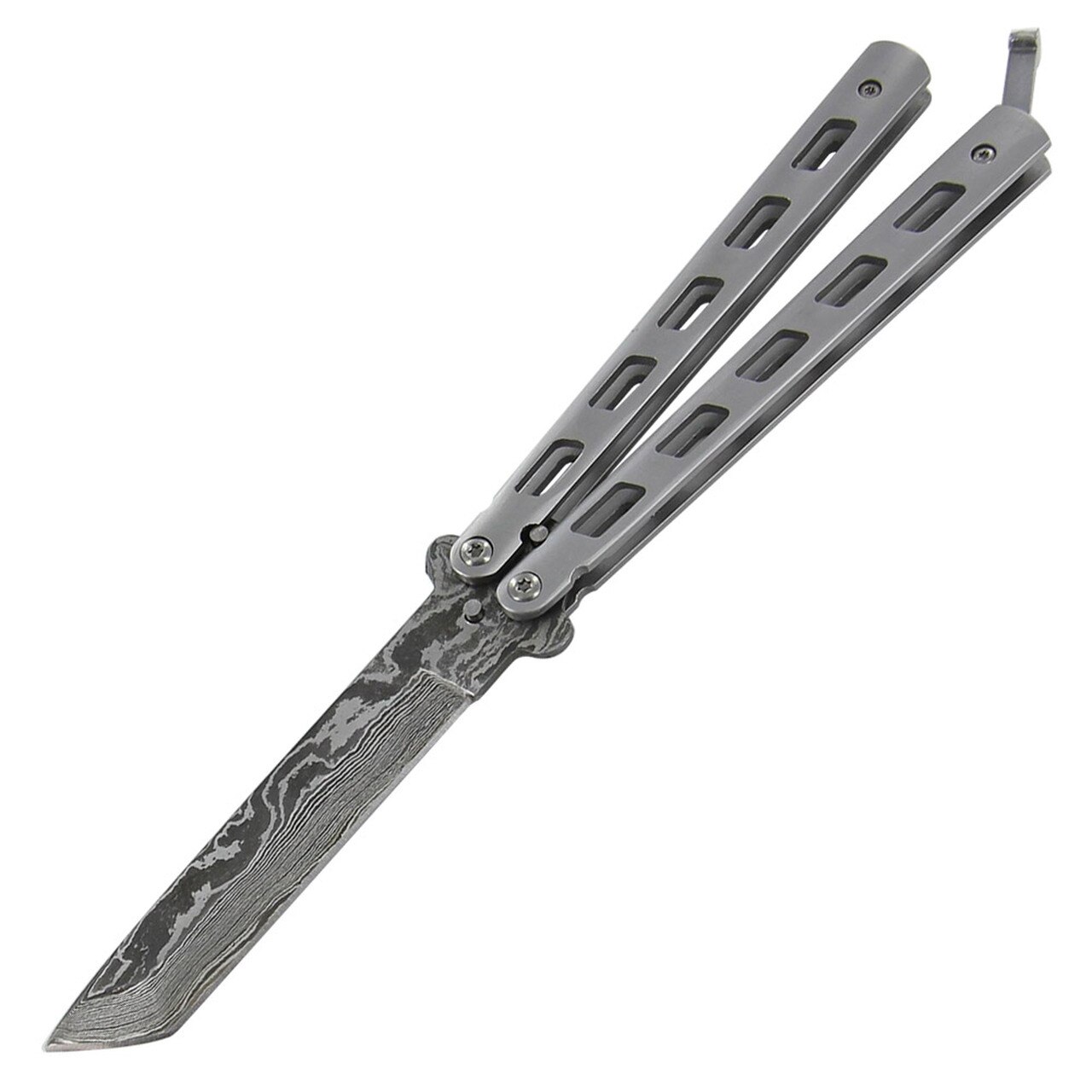
In a nutshell, there is a thin layer of hard, brittle steel in the core which does the cutting. Nowadays, the appearance of Damascus steel is what most blacksmiths are trying to emulate.Īs you may or may not know, most high-end Japanese knives are made using the “san-mai” technique. Romantic and artistic qualities aside, it’s quite difficult to realistically imagine that centuries-old Damascus steel swords were more capable than modern high-carbon knife steels produced today. Steel types like VG-10, SG2, Aogami Super, or ZDP-189 are all brand new by comparison.

Over the last few centuries, humans have made some serious leaps and bounds in the field of metallurgy. Plate armour wasn’t viable until nearly the 14th century, so at the time, Damascus steel must have been viewed as an incredible advancement. These legends assuredly hold at least some truth - Reports of steel quality in the year 900 AD are spotty at best, but it’s believed most steel products were about as durable as hard plastic. The original techniques and recipes have all been lost to the ages and have, for all intents and purposes, become the stuff of legend. These stories, however, are largely unsubstantiated. There were rumours that these “Damascus” swords were able to hold a keen edge for an unreasonably long time, and were much less prone to chipping and damage. Not only were they exceptionally appealing to look at, but their performance was said to be truly spectacular. A byproduct of this technique was a unique look - the blades had an intricate swirl pattern, not unlike that of waves crashing over a beach as witnessed from above. Their process involved heating and folding the steel many times over in order to make the blade stronger and more ductile. They say this method produced the most beautiful swords in all the world. Over a thousand years ago, in the city of Damascus, the local blacksmiths were regarded as the finest in the world for their unique technique of steel fabrication. The short answer? “No” with an “if”, “Yes” with a “but”. We offer you the most used models by the best chefs.‘Nary a day goes by here at the shop when we’re not asked the most common questions - “Are these knives with the wavy pattern made of Damascus Steel? And is Damascus steel better?” Global knives are sold in over 50 countries worldwide and have won prestigious awards:ġ991 - Selected for International Design Year Bookġ992 - Selected as Best Cook's Knife in the Beneluxġ995 - Selected as best blade by WHICH Magazine in the UKġ996 - Selected as best sharp and sharp knife from the A La Carte Magazine in Germany. Today, Global knives are appreciated by most chefs and hotel professionals for the lightness and manageability of the cut that will allow you to cut perfectly for any type of food. The anatomical shape of the handle and the lightness of the knife, about 30% less than another knife, allow long use and reduce user fatigue.
Global damascus steel professional#
Smooth contours and construction seamlessly eliminate food dirt grips, offering hygiene and safety.Īs the swords distinguish a Samurai, so the Global knives distinguish the professional chef. Like the Samurai swords, every blade of the Global knives is carefully weighted to ensure the perfect balance in the hand.

The blades are made of stainless steel with Molybdenum / Vanadium, cold tempered and hardened to Rockwell C56 ° - 58 °, which allows blades to be made with a higher thread than any other steel and to resist rust, stains and corrosion. Manufactured in Japan, the Global knives are unique in the world for lightness, thread hold and razor edge.

POTS IN IRON, IN CAST IRON, BAKEWARE NON-STICK.DUE CIGNI 1896 LINE - CLASSIC - FLORENCE.


 0 kommentar(er)
0 kommentar(er)
